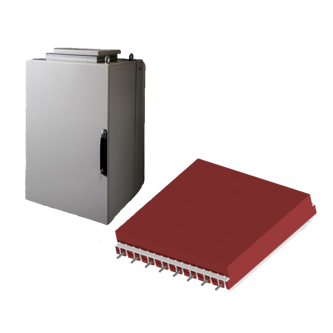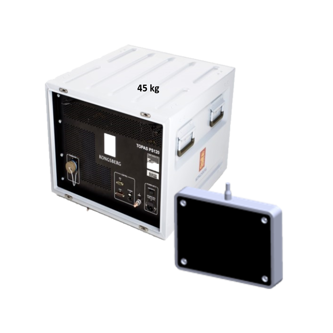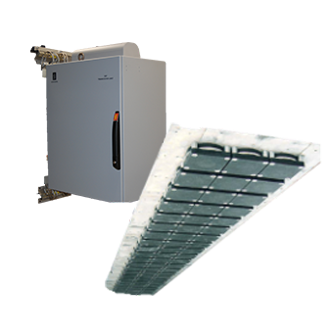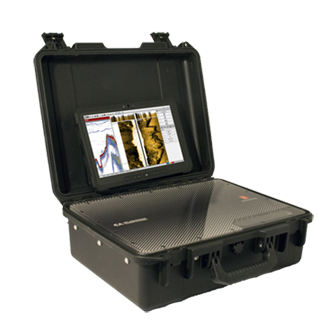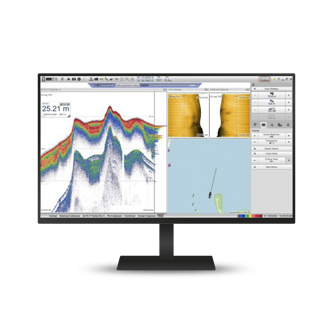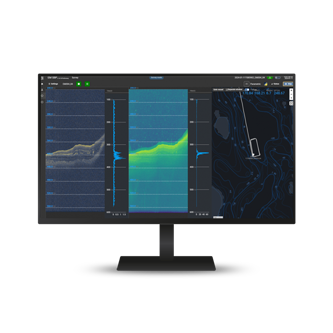
TOPAS PS40
Parametric sub-bottom profiler
TOPAS PS40 is a parametric sub-bottom profiler system for medium ocean depths.
Concept
The idea of a parametric sub-bottom system is to use higher frequencies to generate the low frequencies that you need for sub-bottom profiling. The parametric conversion is a physical process that happens in the water when two signals with high SL is transmitted, the low frequency differential signal – or the parametric signal is created. A benefit of this principle is that you can do high performance sub-bottom profiling with smaller transducer arrays.
Configurations
TOPAS PS40 comes in 2 different configurations:
PS40 standard
PS40 modular with pitch stabilization
TOPAS operator software software on the Hydrographic Work Station (HWS)
Key features
- Primary source level: >240 dB
- Source level @4 kHz: 197 dB
- Primary frequency range: 35-45 kHz Parametric freq.: 1-10 kHz
- Beam width: ±1.5x2.5°
- Operational depths: <5 - >2000 m
Product range
Get in touch!
In addition to our many offices around the world, our global dealership network enables distribution to more than 100 countries to meet customer needs at any location. Find your local dealership or Kongsberg Discovery office here.
Related products
We offer comprehensive after-sales assistance
-
24/7 Technical support
Our Technical Support team is readily available to provide global 24/7 support and can respond to resolve any issues at any time, wherever you are located in the world.
-
Training
We can provide detailed training on the use of our products to ensure your crew is equipped with the necessary operational competence to minimise technical risk and maximise return on your asset investment.
